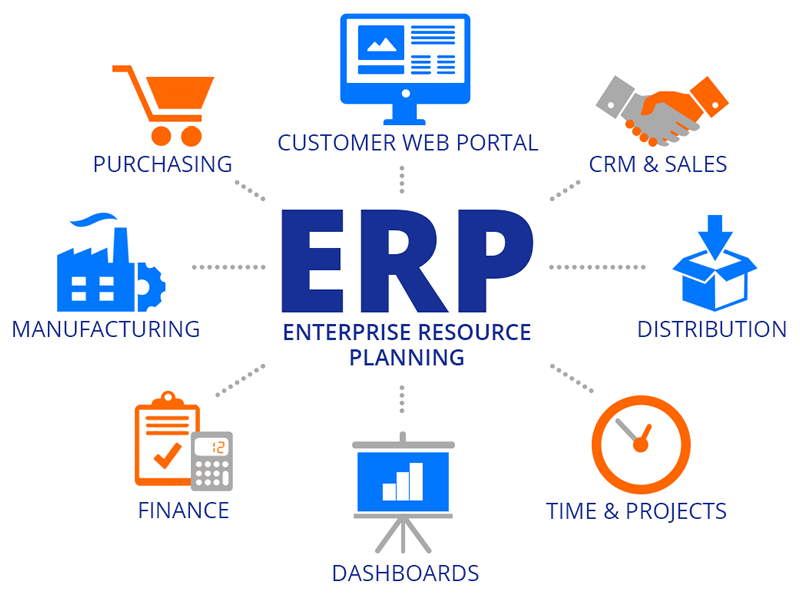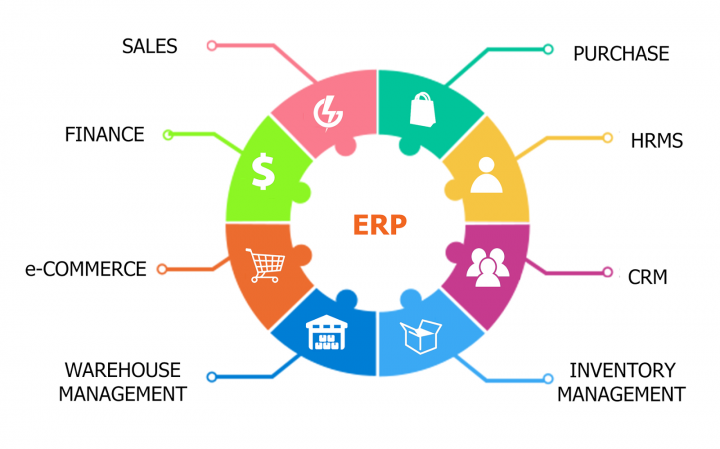Stu Inventory Digital Management System
Online Inventory and Management Systems are crucial tools for businesses of all sizes, especially in today's e-commerce driven world.
Order Now : +91 93603 63227 / +91 99521 22670
Our Workflow
Research
Increased Efficiency: Automates tasks and reduces manual errors.
Reduced Costs: Helps prevent stockouts and overstocking, which can lead to financial losses.
Enhanced Customer Satisfaction: Enables faster Sales fulfillment and accurate Profits.
Better Decision-Making: Provides insights into sales trends and inventory performance.
Improved Accuracy:
The system must provide accurate, real-time data on inventory levels, locations, and movements.
This requires robust data entry, barcode/RFID scanning, and regular audits.
Efficiency:
The system should streamline inventory processes, minimizing manual effort and reducing errors.
Automation of tasks like reordering, order fulfillment, and reporting is crucial.
Design
Requirements Gathering:
Identify the specific needs of the business, including inventory types, tracking requirements, and order processes.
Define the core functions of the system, such as inventory tracking, stock level alerts, and order processing.
System Architecture:
Design the overall structure of the system, including the database, user interface, and integration points.
Consider the use of cloud-based or on-premise solutions.
Visibility:
Users should have clear visibility into inventory levels, order status, and other key metrics.
Dashboards and reports should provide actionable insights.
examples.
Implement
Define Scope:
Determine the essential features (e.g., product management, stock tracking, order processing, reporting).
Identify user roles (e.g., admin, warehouse, staff, sales).
Database:
Plan the database structure (e.g., tables for products, categories, suppliers, orders, stocks, inventory).
Consider relationships between tables (e.g., one-to-many, many-to-many).
Technology Stack:
Developing on PHP framework (e.g., Laravel, CodeIgniter) for better structure and maintainability.
Database is (e.g., MySQL, MangoDB).
Decide on front-end technologies (e.g., HTML, CSS, JavaScript, ajax, potentially a JavaScript framework).












